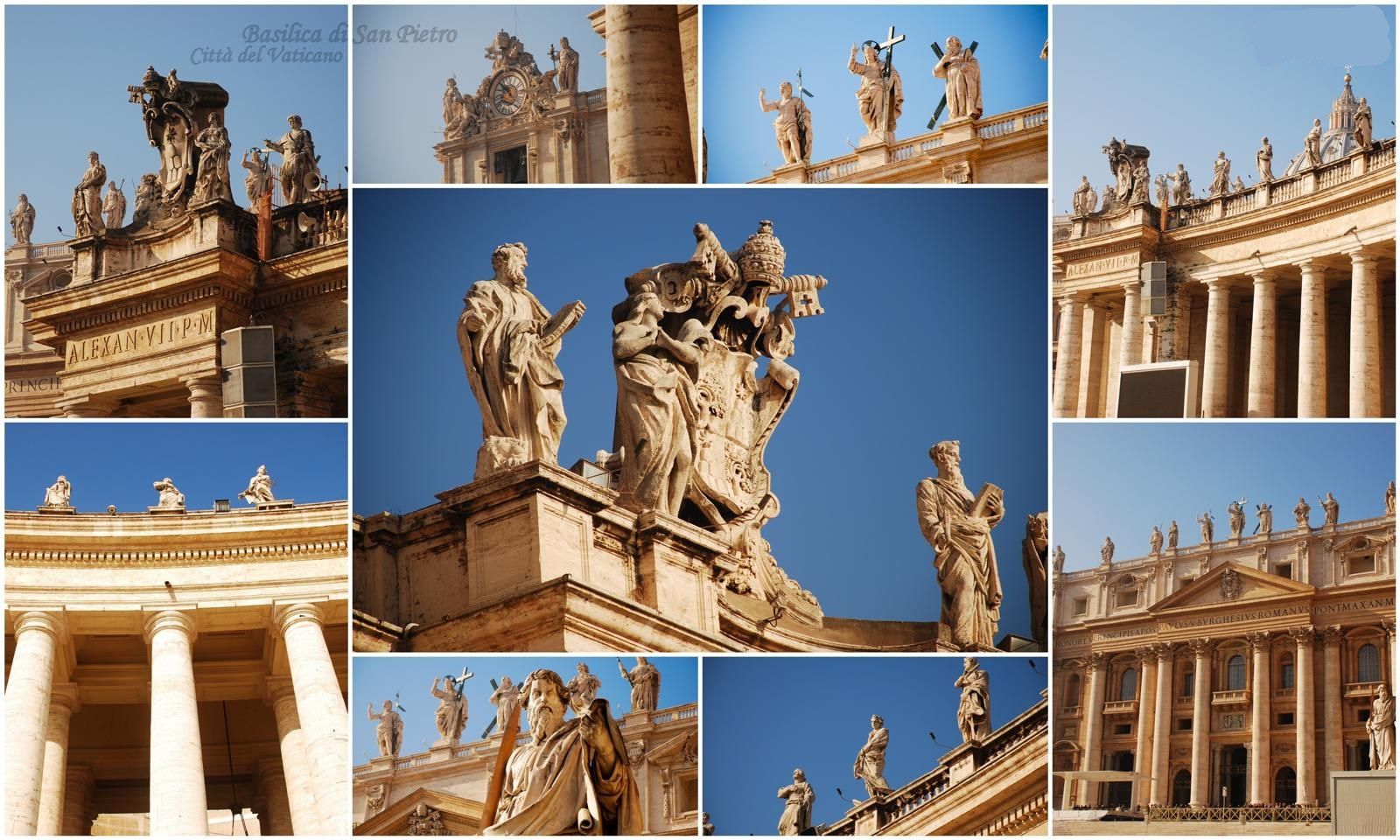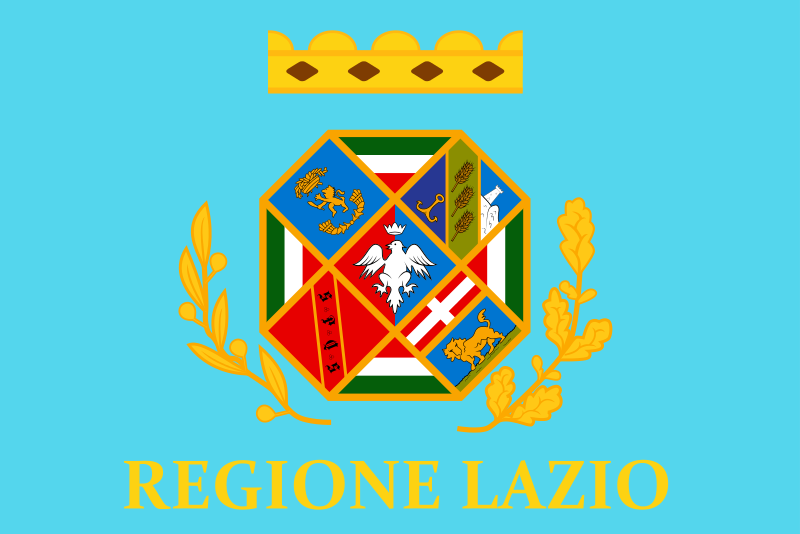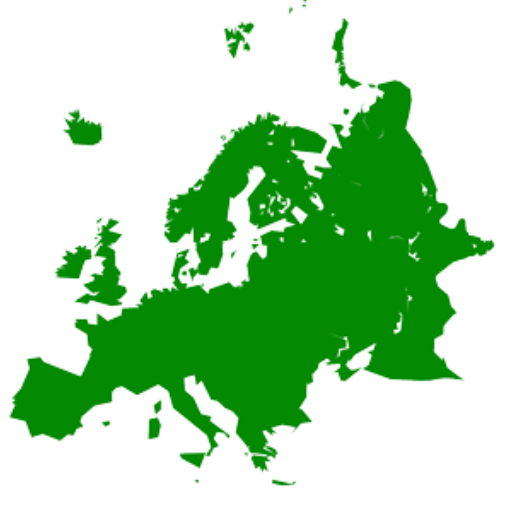

面积: 0.44平方公里。
人口: 1380人,常住人口仅540人。主要是意大利人。官方语言为意大利语和拉丁语。信奉天主教。
首都: 梵蒂冈城(CittàdelVaticano)。
梵蒂冈城国(The Vatican City State),简称梵蒂冈,是当今世界上最小的国家,是欧洲一个独立的主权国家。位于意大利首都罗马西北角呈三角形的高地上。它地处台伯河右岸,以四周城墙为国界。简言之,城,是梵蒂冈的首都,亦即国家,故曰“城国”。面积0.44平方公里,国中宫院、教堂、图书馆、邮局、电台、火车站、飞机场等设施一应俱全。人口830人,另有3000名雇员。官方语言为意大利语和拉丁语。居民多信奉天主教。首都梵蒂冈城。
梵蒂冈尽管很小,它仍然是一个国家,在联合国派有观察员,具有一个国家的地位,是历史上教皇国的延续,是一个特殊形态的政教合一的国家。早在公元756年,法兰克国王丕平把罗马城及其周围的区域送给教皇(教会史上称为“丕平献土”),后来成为西欧教会和政治生活的中心,在意大利境内成立了以罗马为首都的教皇国,直辖领土面积达4万平方公里以上。教皇国是个神权国家,1870年8月,罗马爆发了反抗教皇政权的人民起义,意大利国王进驻罗马,意大利完成统一,教皇权力被剥夺,并被迫退居罗马城内西北角梵蒂冈。1929年2月11日签订了《拉特兰条约》,意大利认为梵蒂冈这块地方属于教皇,规定从同年7月起成为独立的城市国家。国名全称就叫梵蒂冈城国。
梵蒂冈城国(拉丁语:Status Civitatis Vaticanae;意大利语:Stato della Città del Vaticano),通称梵蒂冈,是位于意大利首都罗马西北角高地的内陆城邦国家(国中国),为天主教会最高权力机构圣座的所在地、天主教会最高领袖教宗的驻地、世界六分之一人口的信仰中心,亦为世界领土面积最小的国家[3]。其前身为教宗国,自1929年起以《拉特兰条约》确定为主权国家,接受圣座(也是一个国际公认主权实体)的直接统治,实施政教合一的政治体制。城内建物于1984年被联合国教科文组织认定为世界文化遗产。
由于圣座的行政机构——罗马教廷大部分机关、以及教宗的主要居所均座落于梵蒂冈城内,故人们在使用“梵蒂冈”一词时,可能指梵蒂冈城国、“梵蒂冈”地区、圣座、或教宗的居所,视其使用的场合而定。虽然梵蒂冈并未制定任何有关官方语言的法律,但以意大利语最为常用。在2002年以前,梵蒂冈常以意大利里拉及梵蒂冈里拉作为其境内的通用货币。意大利加入欧元区后,梵蒂冈与欧盟签订特别协议,发行小量铸造的属于梵蒂冈的硬币,作流通和收藏之用[8]。虽然梵蒂冈在地理上是一个小国,但因天主教会在全球信仰人口众多,现有十多亿天主教教徒,使其在政治和文化等领域对世界拥有重大的影响力。
Der Staat Vatikanstadt (amtliche Langform in Deutschland[2] und der Schweiz[3]) oder Staat der Vatikanstadt (amtliche Langform in Österreich[4]), kurz auch Vatikan, Vatikanstadt oder Vatikanstaat genannt, italienisch Stato della Città del Vaticano,[5] ist der kleinste allgemein anerkannte Staat der Welt und der einzige Staat mit Latein als Amtssprache. Der Stadtstaat ist als Enklave vollständig von Italien umgeben und liegt innerhalb der italienischen Hauptstadt Rom, hat eine Fläche von 0,44 Quadratkilometern und ist mit rund 1000 Einwohnern auch der Staat mit den wenigsten Einwohnern.[6]
Der Staat ist eine absolute Wahlmonarchie, deren Monarch der Papst ist. Dieser wird von den Kardinälen gewählt und scheidet nur durch Tod oder Rücktritt aus diesem Amt aus. Der Heilige Stuhl als nichtstaatliches, eigenständiges, vom Staat Vatikanstadt zu unterscheidendes Völkerrechtssubjekt vertritt den Zwergstaat auf internationaler Ebene.
Vatican City (/ˈvætɪkən/ (![]() listen), officially Vatican City State (Italian: Stato della Città del Vaticano;[e] Latin: Status Civitatis Vaticanae),[f] is an independent city-state[9] enclaved within Rome, Italy. Established with the Lateran Treaty (1929), it is distinct from yet under "full ownership, exclusive dominion, and sovereign authority and jurisdiction" of the Holy See (Latin: Sancta Sedes).[g][10] With an area of 44 hectares (110 acres), and a population of about 1,000,[3] it is the smallest state in the world by both area and population.
listen), officially Vatican City State (Italian: Stato della Città del Vaticano;[e] Latin: Status Civitatis Vaticanae),[f] is an independent city-state[9] enclaved within Rome, Italy. Established with the Lateran Treaty (1929), it is distinct from yet under "full ownership, exclusive dominion, and sovereign authority and jurisdiction" of the Holy See (Latin: Sancta Sedes).[g][10] With an area of 44 hectares (110 acres), and a population of about 1,000,[3] it is the smallest state in the world by both area and population.
The Vatican City is an ecclesiastical[3] or sacerdotal-monarchical[11] state (a type of theocracy) ruled by the pope who is, religiously speaking, the bishop of Rome and head of the Catholic Church. The highest state functionaries are all Catholic clergy of various national origins. Since the return of the popes from Avignon in 1377, they have generally resided at the Apostolic Palace within what is now Vatican City, although at times residing instead in the Quirinal Palace in Rome or elsewhere.
The Holy See dates back to early Christianity, and is the primate episcopal see of the Catholic Church, with 1.3 billion Catholics around the world distributed in the Latin Church and 23 Eastern Catholic Churches. The independent Vatican city-state, on the other hand, came into existence in 11 February 1929 by the Lateran Treaty between the Holy See and Italy, which spoke of it as a new creation,[12] not as a vestige of the much larger Papal States (756–1870), which had previously encompassed much of central Italy.
Within the Vatican City are religious and cultural sites such as St. Peter's Basilica, the Sistine Chapel and the Vatican Museums. They feature some of the world's most famous paintings and sculptures. The unique economy of Vatican City is supported financially by the sale of postage stamps and souvenirs, fees for admission to museums, and sales of publications.
Le Vatican, en forme longue l'État de la Cité du Vatican (en italien Stato della Città del Vaticano, [ˈstaːto della tʃitˈta ddel vatiˈkaːno] ; en latin Status Civitatis Vaticanæ) est un pays d'Europe. Il s'agit du support territorial du Saint-Siège enclavé dans la ville et capitale italienne de Rome. En 2014, il compte 921 habitants sur une superficie totale de 0,439 km2, ce qui en fait le plus petit État au monde ainsi que le moins peuplé.
Le Vatican se compose de deux entités juridiques distinctes, le Saint-Siège, entité spirituelle et l'État de la Cité du Vatican, entité temporelle. Le lien entre ces deux entités est le pape, chef du spirituel et du temporel, disposant du pouvoir absolu (exécutif, législatif et judiciaire)5.
La colline du Vatican est déjà mentionnée sous la République romaine. De nos jours, le Vatican est la représentation temporelle du Saint-Siège et de l'ensemble des institutions de l'Église catholique romaine : l'État de la Cité du Vatican est, lui, créé le 11 février 1929 aux termes des accords du Latran, signés par l'Italie représentée par Mussolini et par le Saint-Siège représenté par le cardinal Gasparri.
Le Vatican, important site archéologique du monde romain, situé sur la colline du même nom, est le siège de la papauté et du monde catholique. Selon la tradition catholique, il remonte à saint Pierre lui-même, comme premier évêque de Rome et est le centre officiel de tout le christianisme depuis l'empereur Constantin (IVe siècle), mais ce point de vue n'est pas forcément partagé par tous les historiens ni par toutes les confessions chrétiennes6.
L'État du Vatican est une monarchie absolue, de droit divin et élective7 dirigée par l'évêque de Rome, c'est-à-dire actuellement le pape François, élu le 13 mars 2013, à la suite de la renonciation de Benoît XVI, le 28 février de la même année. Le pape y exerce souverainement le triple pouvoir exécutif, législatif et judiciaire.
La Città del Vaticano, ufficialmente Stato della Città del Vaticano (in latino: Status Civitatis Vaticanæ[12]), comunemente chiamata anche semplicemente Vaticano, o per antonomasia San Pietro, o imprecisamente Santa Sede, è uno stato senza sbocco al mare dell'Europa occidentale. È il più piccolo stato sovrano del mondo sia per popolazione (605 abitanti)[13] sia per estensione territoriale (0,44 km²), ma proprio quest'ultima pone al contempo lo Stato al terzo posto nel mondo per densità di popolazione.[14]
Lo Stato della Città del Vaticano nasce l'11 febbraio 1929 a seguito della firma dei Patti Lateranensi tra Benito Mussolini e Pietro Gasparri, rispettivamente i rappresentanti del Regno d'Italia e della Santa Sede. La Città del Vaticano è un'enclave nel territorio della Repubblica Italiana inserita nel tessuto urbano della città di Roma. Nello stato vige un regime di monarchia assoluta[15] teocratica ierocratica elettiva di tipo patrimoniale,[16] con a capo il papa della Chiesa cattolica. La lingua ufficiale è l'italiano, mentre il latino è la lingua ufficiale della Santa Sede.
Lo Stato della Città del Vaticano batte moneta propria, ma, per effetto dell'unione doganale e monetaria con l'Italia, adotta l'euro, che negli otto tagli delle monete metalliche riportano nella faccia nazionale l'effigie del papa regnante, ovvero soggetti vaticani, ed emette propri francobolli, utilizzabili per il servizio postale verso tutto il mondo (ma ovviamente solo con spedizione dalle Poste Vaticane). Importanti le serie commemorative delle monete e dei francobolli molto ricercate dai numismatici e dai filatelici di tutto il mondo[17]. In Vaticano è inoltre edito un giornale quotidiano, L'Osservatore Romano, fondato nel 1861, e dal 1931 funziona una emittente, la Radio Vaticana, che trasmette in tutto il mondo in varie lingue.
La Ciudad del Vaticano, oficialmente Estado de la Ciudad del Vaticano (en latín: Status Civitatis Vaticanæ;Nota 1 en italiano: Stato della Città del Vaticano),Nota 2 o simplemente el Vaticano, es un país soberano sin salida al mar, cuyo territorio consta de un enclave7dentro de la ciudad de Roma, en la península Itálica. Es uno de los seis microestados europeos.
La Ciudad del Vaticano tiene una extensión de 0,44 km² (44 hectáreas)1 y una población de aproximadamente 800 habitantes,8 por lo que resulta un híbrido de ciudad elevada al rango de Estado independiente, siendo además el país más pequeño del mundo.9 Es tan pequeño que solo la basílica de San Pedro es un 7 % de su superficie; la basílica y la plaza de San Pedro ocupan un 20 % del territorio, lo que lo convierte en el territorio independiente más urbanizado del mundo. La Ciudad del Vaticano comenzó su existencia como Estado independiente en 1929 tras la firma de los Pactos de Letrán celebrados entre la Santa Sede y el entonces Reino de Italia, que en 1870 había conquistado los Estados Pontificios.
La Ciudad del Vaticano alberga la Santa Sede, máxima institución de la Iglesia católica. Aunque los dos nombres, «Ciudad del Vaticano» y «Santa Sede», se utilizan a menudo como si fueran equivalentes, el primero se refiere a la ciudad y a su territorio, mientras que el segundo se refiere a la institución que dirige la Iglesia y que tiene personalidad jurídica propia como sujeto de Derecho internacional. En rigor, es la Santa Sede, y no el Estado del Vaticano, la que mantiene relaciones diplomáticas con los demás países del mundo. Por otro lado, el Vaticano es quien da el soporte temporal y soberano (sustrato territorial) para la actividad de la Santa Sede.
La máxima autoridad del Vaticano y jefe de Estado del mismo es el papa de la Iglesia católica, por lo que puede considerarse la única teocracia de Europa. El sumo pontífice delega las funciones de gobierno en el secretario de Estado.
El conjunto arquitectónico e histórico-artístico que conforma la Ciudad del Vaticano fue declarado Patrimonio de la Humanidad por la Unesco en 1984.10








 Art
Art
 Lazio
Lazio
 States of Europe
States of Europe
 World Heritage
World Heritage




